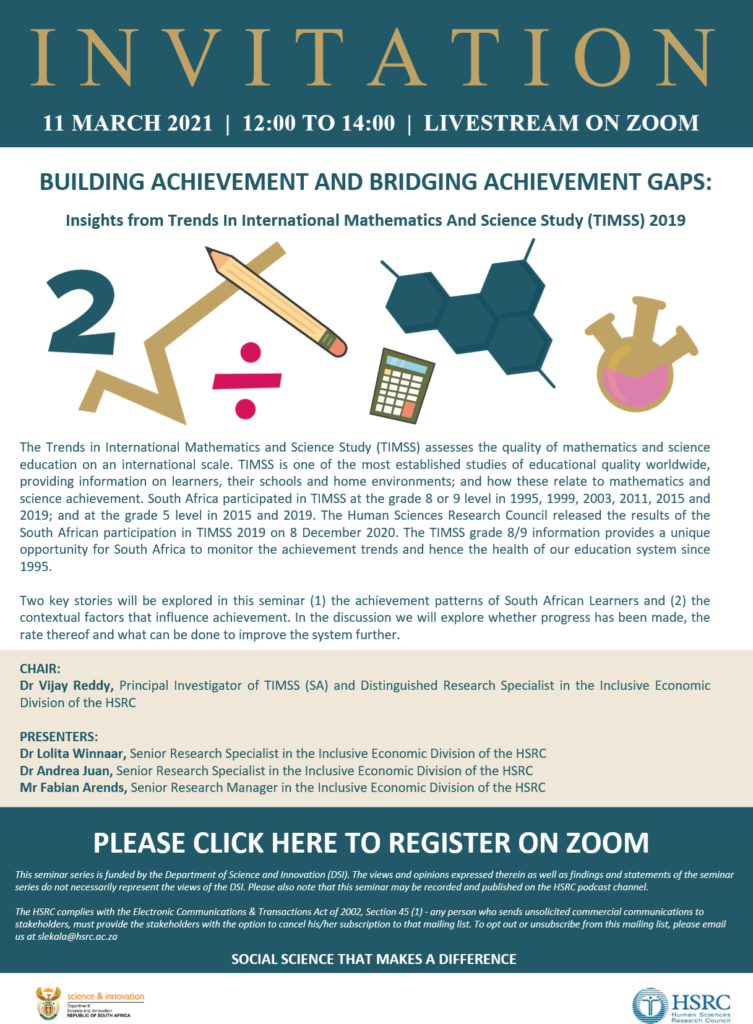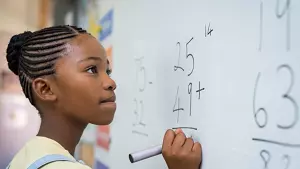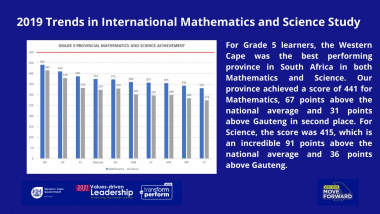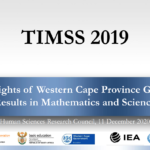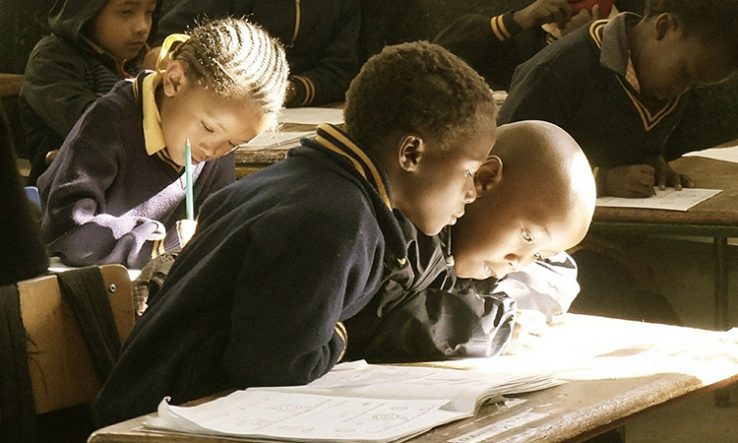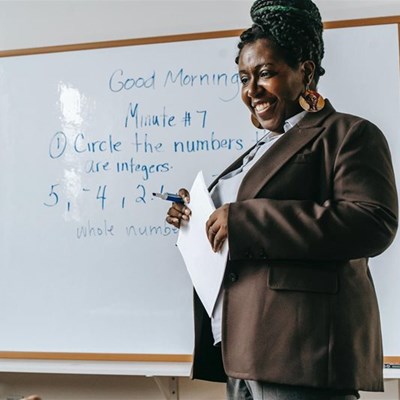Grade 9
Thirty-nine countries and seven regional entities (called benchmarking participants) participated in the eighth-grade assessments (Norway, South Africa, and the Western Cape and Gauteng Provinces participated at the ninth Grade). Five hundred and twenty (520) schools made up the South African TIMSS 2019 sample. A total of 20 829 learners, 543 mathematics and 537 science teachers, and 519 school principals completed the TIMSS instruments.
The Western Cape and Gauteng provinces in addition to being part of the national sample, participated as self-standing entities called “benchmarking participants.” Participation as benchmarking entities in international assessments provides provinces with the opportunity to assess the comparative international standing of their learners’ achievement and to view their curriculum and instruction in an international context. The realised Western Cape sample was 149 schools, 149 principals, 162 science educators, 170 mathematics educators and 5 350 learners. The realised Gauteng sample was 150 schools, 150 school principals, 151 mathematics and science teachers and 5 633 learners.
Grade 5
A total of 64 countries (including the six benchmarking participants) participated in the fourth-grade assessment, with Norway, Turkey, and South Africa participating at the fifth grade. The realised sample consisted of 297 schools, 294 mathematics educators, 295 science educators, 11 903 learners and 11 720 parents.
For more information on TIMSS 2019 internationally, see here.
TIMSS instruments
Learners completed mathematics and science assessments and answered questionnaires about their background, school experiences, instructional experiences, and attitudes toward learning mathematics and science. School principals and learners’ mathematics and science teachers also completed detailed questionnaires to provide data about school and classroom resources and approaches to education. In addition, the caregivers/parents of the grade 5 learners completed questionnaires about home contexts for learning.
You can access the 2019 South African contextual questionnaires on our What is TIMSS? page.

